|
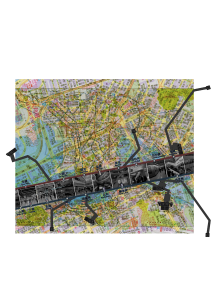
The ways and speed of movement determines the perception and use in
social space. Populations in Hong Kong are trapped in transport system and
associated interior malls and suffering from a disconnect from the city fabric.
This thesis attempts to have a contextual approach in dealing
with connections in urban environment.
The interface between the infrastructure and the city becomes a critical
space of intervention for integration of city fabric with monotonous mall typology.
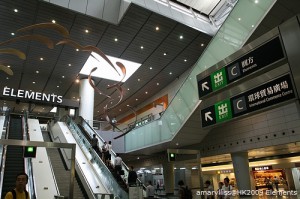 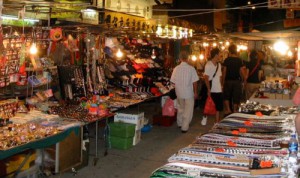
what
The site can be situated in between the high speed rail station and tenement
houses in Jordan.
When the high speed rail terminal development completed, it is capable of bringing
90,000 travelers to Jordan daily. Meanwhile, Jordan now is an old district, mainly
consists of tenement house that were built in the 50s. The new development is streetless,
consists of high speed in vertical plane, while the old part consist of mainly walkable streets
in the horizontal plane.
The program can be a traffic interchange to connect and mix with the context.
The clash in speed, the way speed is expressed, scale, density between the
two parts of the city is huge. The project will attempt to provide an infrastructural and
programmatic linkage to both half of the city, and provide a contextual alternative to the
maximum vertical speed of the new and the slow horizontal old.
An architecture that can provide an opportunity for speeds to meet and interact.
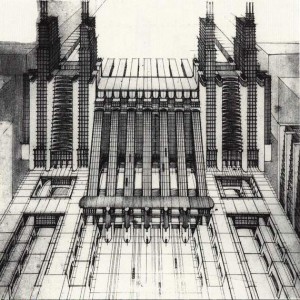 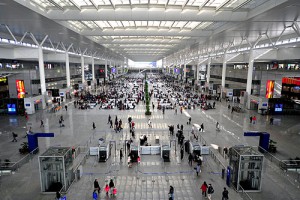
why
The Futurist was one of first architectural group to embrace speed.
The transport terminal for cars trains and planes by Antonio Sant’Elia was an
amalgamation of speeds in the terminal. It manifests itself in the current traffic
interchanges in its efficiency to move people out and in the building.
Paul Rudolf’s lower Manhattan expressway is trying to establish a relationship
between the speed of the highway and the program above.
OMA’s hyperbuilding proposal is layering fast and slow modes of transport within
the building. A slow mode reaching all points and fast modes reaching specific points.
Groundless Hong Kong is a mapping of pedestrian network going along the slope of
Central. The linkage is a reaction to the buildings surrounding it.
In the precedent cases, the speed are either internalized or as a utilitarian
infrastructure. The project seeks to have the speeds from internalized buildings to
become interconnected and interfaced and to produce new program mix.
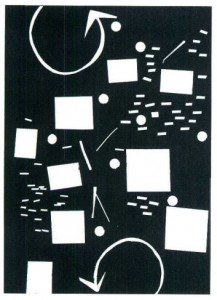
how
Identify typologies in the site, with relation to scale and history
Identify the edges and boundaries of the new development and the original
Mapping of the way the circulation is organized in the site in relation to context
Mapping density of program
Mapping of traffic, both within and outside of buildings
Mapping of program in relation to the circulation in context
Mapping of section to analyse the spatial relationship between speeds of travel
Identify sites of intervention
biliography
1. OMA, 1993, SMLXL, Walter Könog
2. Jonathon Solomon, 2012, Cities Without Ground: A Hong Kong Guidebook, Oro Editions
3. Antonio Sant’Elia, Stations for Trains and Airplanes
4. Paul Rudolph, Lower Manhattan Expressway
|





